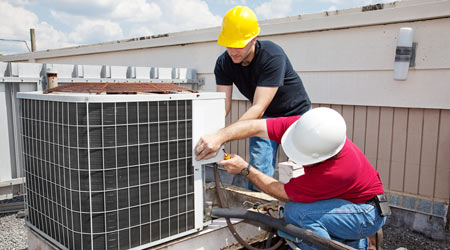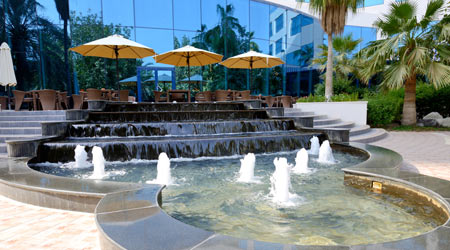
Maintenance Woes: City Struggles with Backlog
August 2, 2016
A new report is calling San Francisco’s $1.3 billion maintenance backlog a “slow motion train wreck,” but city officials say the numbers in the report don’t tell the whole story of the way the work is managed, according to the San Francisco Chronicle. A civil grand jury report released this week warns that a failure to make maintaining city assets a priority will drive maintenance costs up by more than $800 million unless addressed. The report notes that this year, $11.3 million — or 0.2 percent of the city’s general fund — will go to routine maintenance like cleaning windows and filling potholes.
But city officials point out that money also comes from other sources, such as fees and bonds. Another $26.7 million goes to what the city calls renewals, like replacing a roof every 30 years. About $13.8 million funnels into right-of-way projects, like repairing bridges, tunnels and guardrails. Add another $48.5 million for street resurfacing, and more than $30 million for emergency repairs and compliance with the Americans With Disabilities Act.
The civil grand jury report, and an increased city focus on maintenance, stemmed from a 2005 report by SPUR, a nonprofit that researches planning and governance in the city. It was the genesis of San Francisco’s 10-year, 2006-15 capital plan, which focused on maintaining the city’s assets. A second capital plan for 2016-’25 will funnel more than $1.6 billion into renewable maintenance. The plan is updated every two years.
The city is still short of where it should be because maintenance must compete for general fund dollars against social services like housing the homeless, supporting the elderly and reducing HIV infections. Repairing roofs and seismically retrofitting buildings just can’t compete. That’s where the report is right, city officials agree.
The best practice in many cities, like San Jose, is to spend 2 percent on what the current replacement value of infrastructure is, the report says. So a $1,000 handrail would get $20 annually for repairs. But San Francisco uses a complicated algorithm to calculate the percentage.
Read more
here.
This Quick Read was submitted by Dan Hounsell, editor-in-chief of Facility Maintenance Decisions, dan.hounsell@tradepressmedia.com. Read more about deferred maintenance strategies at https://www.facilitiesnet.com/15865FMD.
Next
Read next on FacilitiesNet












